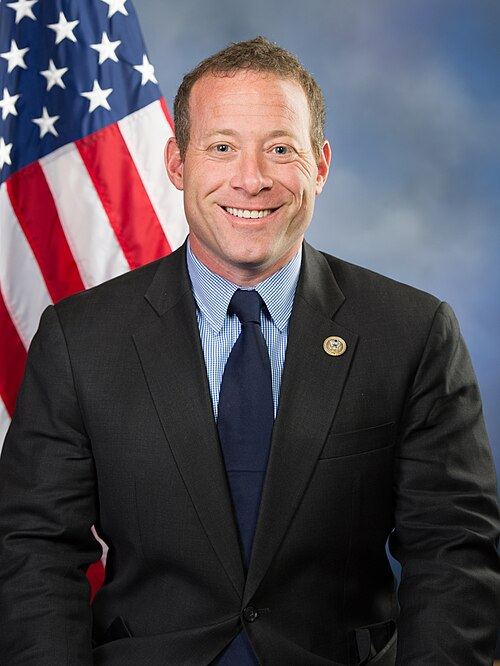H.R. 501: Promoting Resilient Buildings Act of 2025
This bill, known as the Promoting Resilient Buildings Act of 2025, aims to enhance disaster recovery and build resilience against natural disasters through various amendments to existing laws and the establishment of new programs. Below are the main components of the bill:
1. Update to Hazard Mitigation Standards
The bill amends the definitions related to hazard mitigation in the Robert T. Stafford Disaster Relief and Emergency Assistance Act. It specifies that when referencing building codes and standards, the two most recent editions of relevant consensus-based codes are to be used. This is intended to ensure that the latest practices are adopted in disaster preparedness and recovery.
2. Hazard Mitigation Revolving Loan Fund Program
The bill modifies provisions related to the Hazard Mitigation Revolving Loan Fund Program. It changes the term "establishing" to "implementing" in relation to the program and clarifies that it pertains to the latest building standards, including those amendments made by various governments. This change is aimed at ensuring that the program actively supports updated and effective hazard mitigation measures.
3. Residential Retrofit and Resilience Pilot Program
The bill proposes the creation of a pilot program under FEMA to provide financial assistance for residential retrofitting aimed at increasing resilience against disasters. Key aspects include:
- The program will be funded using up to 10% of available assistance from the Stafford Act on an annual basis.
- The pilot program is to be established within one year of the bill's enactment and will last until September 30, 2028.
- Priority will be given to states or local governments that provide assistance to individuals demonstrating financial need.
- A report must be submitted within four years of enactment that summarizes the program's activities, outcomes, and any challenges faced.
4. Definition of Residential Resilient Retrofits
The bill defines "residential resilient retrofits" as projects designed to enhance the resilience of homes against natural disasters. These retrofits must adhere to the latest building codes and can include a variety of measures such as:
- Elevating homes and utilities to reduce flood damage.
- Floodproofing measures to protect properties from water ingress.
- Constructing tornado safe rooms.
- Seismic retrofits to strengthen structures against earthquakes.
- Wildfire mitigation measures to protect against fire damage.
- Wind retrofits, which can involve reinforcing roofs and installing hurricane straps.
5. Implementation and Reporting
The bill requires that the pilot program's assistance only applies to funds appropriated after the bill's enactment. Additionally, it mandates the Administrator of FEMA to report on the program's impact, detail the types of retrofits funded, and assess the overall effectiveness in reducing disaster impacts.
Relevant Companies
- DHI: D.R. Horton, Inc. may be impacted as a homebuilder that may need to adjust practices to comply with updated building codes and standards promoted by the bill.
- PHM: PulteGroup, Inc. is another major home builder that could be affected similarly by the anticipated changes in building regulations and the demand for resilient home features.
- KBH: KB Home may face adjustments in construction practices to align with resilience guidelines established through this bill.
- GT: Gerdau S.A. might see changes in demand for construction materials used for building resilience as new regulations come into effect.
This is an AI-generated summary of the bill text. There may be mistakes.
Sponsors
3 bill sponsors
Actions
8 actions
| Date | Action |
|---|---|
| Oct. 03, 2025 | Placed on the Union Calendar, Calendar No. 273. |
| Oct. 03, 2025 | Reported (Amended) by the Committee on Transportation and Infrastructure. H. Rept. 119-319. |
| Feb. 26, 2025 | Committee Consideration and Mark-up Session Held |
| Feb. 26, 2025 | Ordered to be Reported (Amended) by Voice Vote. |
| Feb. 26, 2025 | Subcommittee on Economic Development, Public Buildings, and Emergency Management Discharged |
| Jan. 17, 2025 | Referred to the Subcommittee on Economic Development, Public Buildings, and Emergency Management. |
| Jan. 16, 2025 | Introduced in House |
| Jan. 16, 2025 | Referred to the House Committee on Transportation and Infrastructure. |
Corporate Lobbying
0 companies lobbying
None found.
* Note that there can be significant delays in lobbying disclosures, and our data may be incomplete.












